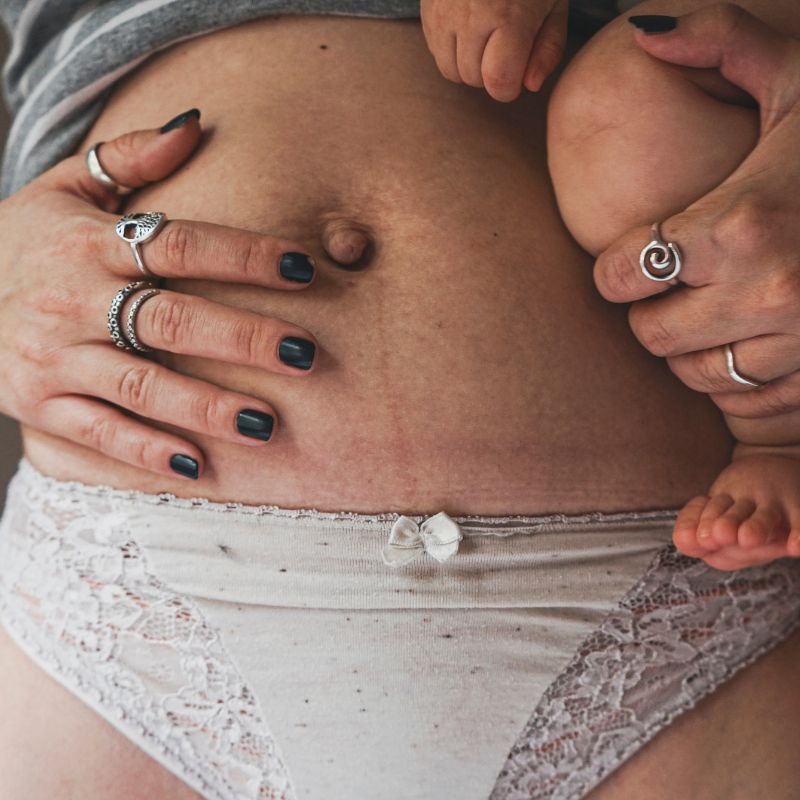When it comes to caring for your baby, sleep is one of the most important factors to consider. Getting enough sleep is essential for both you and your baby, but it can be difficult to achieve in those early months. This is where dream feeding comes in. Here we'll explain what dream feeding is, when to do it, and how to do it safely.
What is Dream Feeding?
Dream feeding is a technique used by parents to feed their babies during the night without waking them fully. This can be especially helpful for parents who want to maximize their baby's sleep time, as it can help the baby go longer between feedings and hopefully sleep for longer stretches at a time.
Dream feeding typically involves picking up your sleeping baby and offering them a bottle or breastfeeding them while they are still asleep. The idea is to do this before the baby wakes up hungry and starts crying, which can disrupt their sleep and yours.
When Should You Dream Feed Your Baby?
The best time to dream feed your baby is around 10-11pm, just before you go to bed yourself. This is because your baby's longest stretch of sleep is often in the early evening, and a dream feed can help them go longer without needing another feed.
It's important to remember that dream feeding should never replace regular feedings during the day. Babies need to eat frequently, especially in the first few months of life, to ensure that they are gaining weight and getting the nutrition they need.
How to Feed a Baby at Night
If you're going to try dream feeding, here are some tips for doing it properly:
Choose the right time: As mentioned earlier, the best time to dream feed your baby is around 10-11pm.
Create a calm environment: Keep the lights low, speak softly, and try to keep your baby relaxed and sleepy during the feeding.
Time your baby: If your baby typically wakes up around the same time every night, try to time your dream feed just before that.
Watch for cues: Just because your baby is asleep doesn't mean they're not hungry. Watch for cues like sucking motions or smacking lips, which may indicate that they are ready to feed.
Don't force it: If your baby doesn't want to eat, don't force it. Dream feeding should be a gentle and peaceful experience for both you and your baby.
When to Stop Dream Feeding
As your baby grows and starts sleeping for longer stretches at night, you may find that dream feeding is no longer necessary. You can gradually reduce the frequency of dream feeds and eventually stop them altogether once your baby is sleeping through the night.
Night Weaning and Night Feedings
If you're interested in night weaning or reducing the number of night feedings, it's important to do so gradually. This can help ensure that your baby is getting the nutrition they need during the day and aren't hungry at night.
Start by reducing the length of time you feed your baby at night, and gradually increase the time between feedings. You can also start introducing solid foods once your baby is old enough, which can help them stay full longer.
It's important to remember that every baby is different and there is no one-size-fits-all approach to night weaning. Be patient and consistent, and don't be afraid to ask your GP or health visitor for advice if you have any concerns.
Breast Milk or Formula?
Whether you breastfeed or use formula is a personal choice, but it's important to note that both options are viable for dream feeding. If you're breastfeeding, you may find it easier to do a dream feed with a side-lying position or using a nursing pillow. If you're formula feeding, prepare the bottle ahead of time so that it's ready when your baby needs it.
Night Waking and Night Feedings
It's important to remember that waking up during the night is normal for babies, especially young ones. Night feedings are a natural part of a baby's sleep schedule and can help ensure that they are getting the nutrition they need to grow and develop.
If your baby is waking up frequently during the night, it's important to try to establish a consistent sleep schedule. This can help regulate your baby's sleep and wake cycles, making it easier for them to sleep longer stretches at night.
Dream feeding can be a helpful tool for parents looking to maximise their baby's sleep time and ensure that they are getting the nutrition they need. However, it's important to remember that dream feeding should never replace regular feedings during the day and that every baby is different.
Be patient and consistent, and don't be afraid to ask your GP for advice if you have any concerns. With the right approach, dream feeding can be a helpful tool in your parenting toolbox.

















